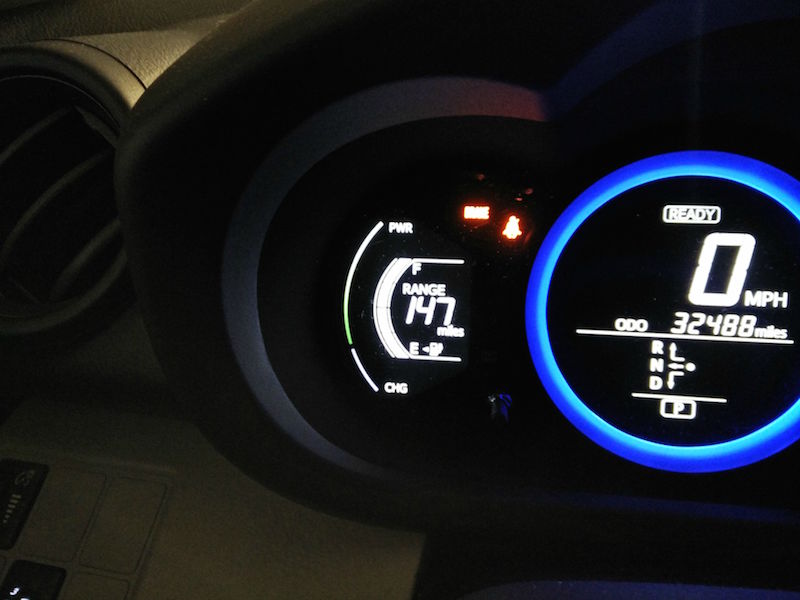TonyWilliams said:
What firmware do you guys have?
I never got the sticker, but they did specify that I got the separate power management and propulsion system updates that were part of the same bulletin as 1.3.83. The nav system was also updated to VB503150.
TonyWilliams said:
eschatfische said:
My 2012 came new with 170 miles on the odometer or so - perhaps it was Elon's demonstrator?

This, quite obviously, is not the method I specify. I've had 207 on the GOM before. That means absolutely nothing.
Odometer, not GOM. Per above, my RAV had been driven quite a few miles before I bought it, most likely just test drives. I was jokingly speculating that mine has been abnormally reliable and had low degradation because it was used as Elon's demonstrator and thus received special attention, more reliable parts, etc. before I bought it.
That puts all my cars at significant degradation on the "first day" then.
I agree that that's as unlikely as my RAV having no degradation. Doubtlessly there is a difference in the way that initial GOM value has been calculated, either across firmware versions or due to other conditions. I did follow your instructions to the letter short of the small temperature variation.
So, 146, 147, 148, sure. I don't have an answer for 154, nor have I ever seen that.
There are a couple of other people who have reported 154 as the original value at the dealer,
here and
here. Of course, that could just be a coincidence of normal GOM craziness, too, but it seems like a common number.
Kohler Controller said:
If the 12V battery is disconnected for ~5-7 hours, does that mean I have to reprogram my radio stations (which I would dread), or does the system have enough memory/capacitance to keep it stored during this test?
I suspect the radio saves the important things in NVRAM to persist across power losses. I didn't lose my stations, cell phone pairings or equalizer settings, but I did lose some more trivial settings, like the map display mode, the volume of voice notifications and random play modes. Strangely, my charge schedule was retained, but the default charge mode was reset to always charge immediately after the battery pull.


